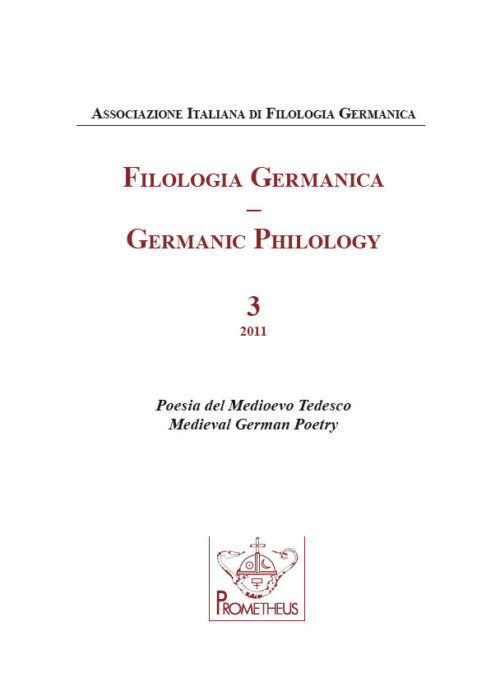L’alterità religiosa in Die Heidin
DOI:
https://doi.org/10.14672/fg.v3i.2616Abstract
RELIGIOUS OTHERNESS IN ‘DIE HEIDIN’. In the age of the Crusades the antagonistic encounter between Christian Europe and the Muslim Near East gave rise to a wealth of literary production in which the image of the ‘pagans’ oscillates from demonization to idealization. Between these two extremes there are many other representations of religious otherness, each of them characterized by their own peculiar shades, ambiguities, and degrees of explicitness. In order to give shape to a more detailed picture of the various, ambivalent representations of cultural and religious difference in the Middle Ages, it is necessary to open up analysis to those texts that have been generally overlooked by the critics. One example is the anonymous verse narrative Die Heidin, a work that has so far been judged mainly from the point of view of its poor aesthetic qualities, and has therefore been considered ‘marginal’ in the German literary system. This paper will investigate the ‘construction’ of the image of the ‘non-Christians’ in each of the four redactions of this work. In spite of the differences, all of them are characterized by the lack of the traditional Manichean dualism which divides the world into ‘good Christians’ and ‘evil pagans’, thus revealing, at least implicitly, an open-minded attitude towards members of other belief systems.
Published
Issue
Section
License

This work is licensed under a Creative Commons Attribution-ShareAlike 4.0 International License.
CC-BY-SA



